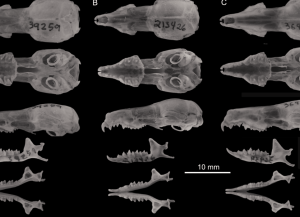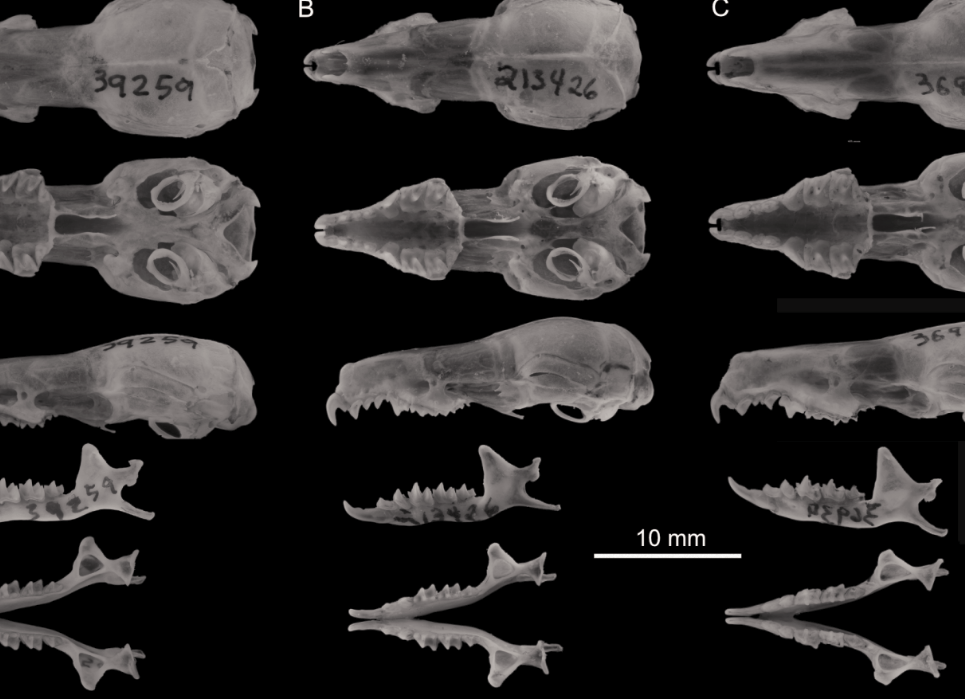Biggest mammal discovery of the last 90 years: 14 new species identified
After 10 years of observing shrews on the Indonesian island of Sulawesi, scientists discovered 14 new species.
The research team, which includes Jake Esselstyn of Louisiana State University in the US, detailed their findings in an article published in the peer-reviewed scientific journal Bulletin of the American Museum of Natural History.
The largest number of mammals has been discovered in a single article since 1931.
By analyzing genetic and morphological data collected from 1368 specimens, the team identified 14 new endemic species of the Crocidura shrew.
 “This is an exciting discovery, but at times frustrating,” said Esselstyn, co-author of the study.
“This is an exciting discovery, but at times frustrating,” said Esselstyn, co-author of the study.
Usually, we discover a new species every time and we are very excited about it. But we couldn’t figure out how many species there were in the first few years here. It was devastating.
Located in a tropical region, Sulawesi has a variety of habitat types that promote biodiversity. The mountainous island is about 174 thousand 600 kilometers.
Researchers think these tropical forested mountains are a favorable environment for many shrew species to live.
Tail length, colour, bristle length, skull size etc. Combining physical features such as DNA analysis with DNA analysis, the researchers listed the new species with their Latin names as follows:
Crocidura microelongata, C. quasielongata, C. pseudorhoditis, C. australis, C. pallida, C. baletei, C. mediocris, C. parva, C. tenebrosa, C. brevicauda, C. caudicrassa, C. normalis, C. ordinaria, and C. solita.
According to the researchers, the exploration of tropical and remote regions such as Sulawesi and the classification of species are especially important for conservation efforts.
“Taxonomy is the foundation of much biological research and conservation effort. Our capacity to understand and preserve life is severely limited if we don’t know how many species there are or where they live,” Esselstyn said.
It is critical that we document and name this diversity. We are discovering many new species, even in relatively well-known groups such as mammals. And imagine undocumented diversity in less conspicuous organisms.
Independent Turkish, ScienceAlert, Louisiana State University

